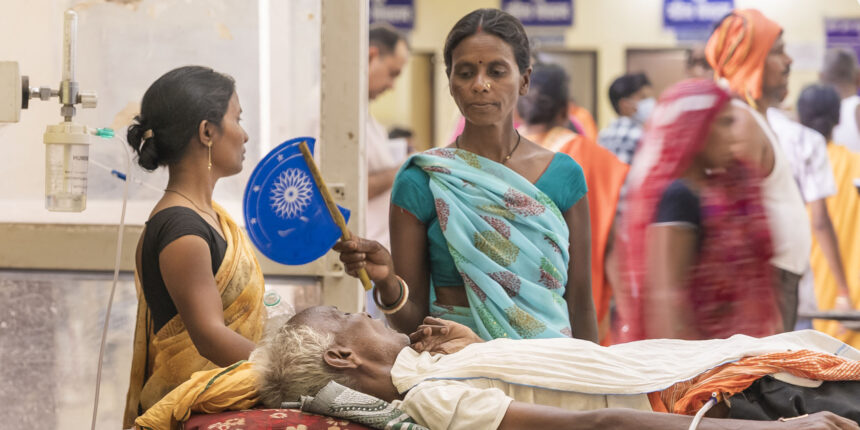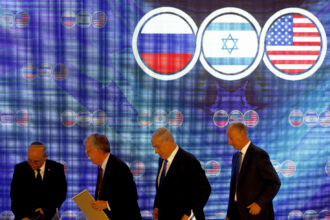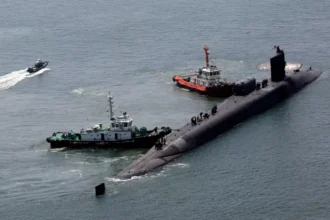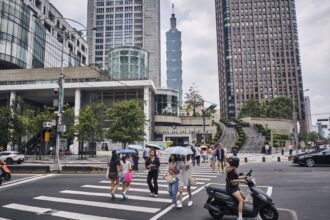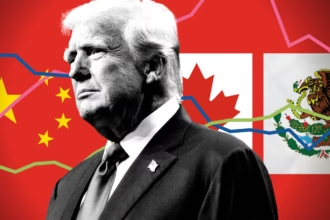India is grappling with one of the deadliest heatwaves in recent history, and experts warn that the crisis could cost the economy as much as $250 billion if urgent measures are not taken. Rising temperatures, prolonged droughts, and record-breaking heat have combined to threaten agriculture, industry, public health, and energy infrastructure, making climate resilience an urgent priority for the world’s fifth-largest economy.
The Scale of the Crisis
Over the past decade, India has experienced a significant increase in average temperatures, with heatwaves becoming longer, more frequent, and more severe. Cities like Delhi, Ahmedabad, and Jaipur have recorded consecutive days exceeding 45°C (113°F), while rural regions face crippling heat that devastates crops and water supplies.
According to climate analysts, the 2025 heatwave is expected to have the following impacts:
- Agricultural Losses: Staple crops like wheat, rice, and pulses are particularly vulnerable. Reduced yields could affect both domestic food security and export revenues.
- Labor Productivity: Extreme heat reduces the capacity of outdoor workers in agriculture, construction, and manufacturing, potentially slowing GDP growth.
- Energy Strain: Surging demand for cooling pushes electricity grids to the brink, increasing the risk of blackouts and driving up operational costs.
- Health Costs: Heat-related illnesses and fatalities are on the rise, straining public healthcare systems and imposing economic burdens from lost productivity and medical expenses.
Economic Impact
Preliminary estimates suggest that the heat crisis could erode up to $250 billion from India’s economy, representing roughly 6% of annual GDP. The costs stem from multiple channels:
- Agricultural output decline is expected to reduce export earnings and increase domestic food prices.
- Labor productivity losses in sectors reliant on outdoor work could slow manufacturing and construction activity.
- Energy infrastructure strain could force industrial shutdowns and increase production costs.
- Healthcare spending on heat-related illnesses and mortality could rise significantly, adding fiscal pressure.
The economic consequences are not evenly distributed: rural and semi-urban areas bear the brunt of agricultural and labor losses, while urban centers face higher energy demand and public health pressures.
Government and Policy Response
Indian authorities have recognized the urgency of the heat crisis, implementing measures such as:
- Early warning systems: Meteorological departments are issuing heat alerts to vulnerable regions.
- Public cooling centers: Cities are opening shelters for populations without access to air conditioning.
- Water management initiatives: Drought-prone areas are being prioritized for water distribution and conservation programs.
- Long-term climate adaptation plans: Policymakers are emphasizing renewable energy, resilient crop varieties, and urban heat mitigation strategies.
Despite these efforts, experts warn that short-term measures alone will not be sufficient to offset the economic damage.
Global Context and Climate Change Link
India’s heat crisis is part of a broader trend of climate-induced economic shocks affecting emerging economies. According to the Intergovernmental Panel on Climate Change (IPCC), countries in South Asia are particularly vulnerable due to high population density, dependence on agriculture, and limited adaptive capacity.
The situation underscores the urgent need for climate mitigation and adaptation strategies, including investment in:
- Heat-resilient infrastructure.
- Advanced irrigation and drought-resistant crops.
- Renewable energy and efficient cooling technologies.
- Comprehensive urban planning to reduce the “heat island” effect.
Corporate and Private Sector Response
Businesses are also feeling the pressure. Agricultural firms are exploring climate-smart practices, energy-intensive industries are investing in grid resilience and cooling solutions, and technology firms are deploying AI-driven weather and productivity monitoring to reduce economic losses.
Global investors are beginning to incorporate heat and climate risks into financial assessments, recognizing that India’s heat crisis has implications not only for domestic GDP but also for international supply chains.
Looking Ahead
The deadly heatwave is a stark reminder of the economic cost of climate change. Without significant investment in mitigation, adaptation, and policy enforcement, India risks recurring annual losses in the hundreds of billions. Experts emphasize that immediate action—ranging from improved forecasting and public safety measures to large-scale infrastructure investments—is essential to protect lives, livelihoods, and the country’s economic future.

